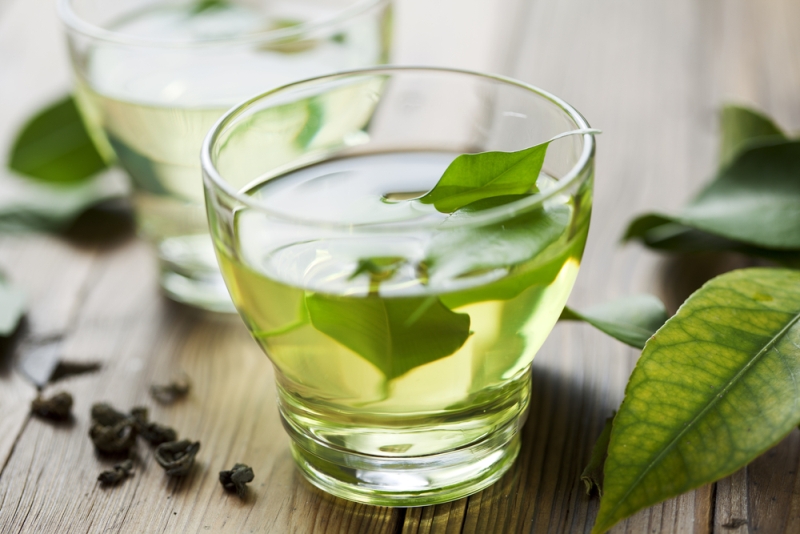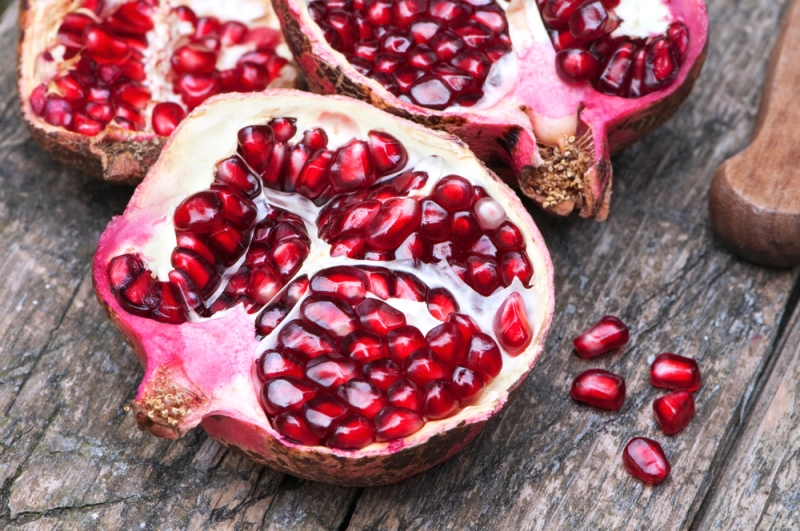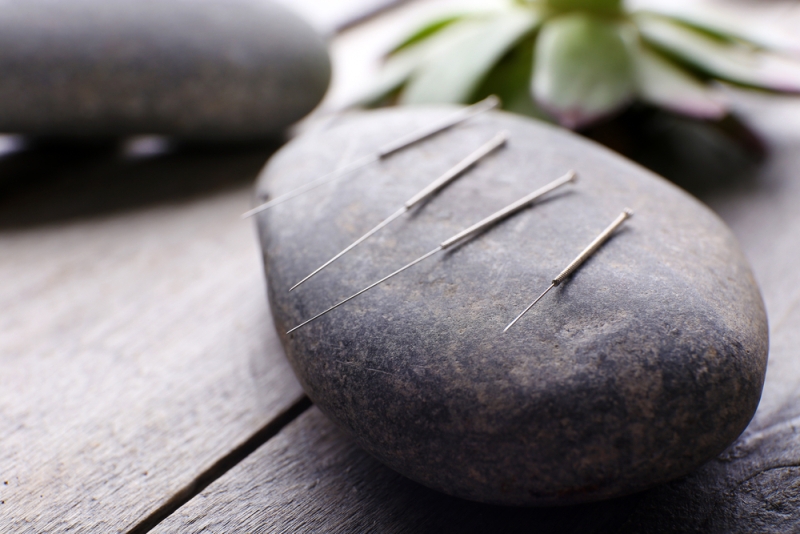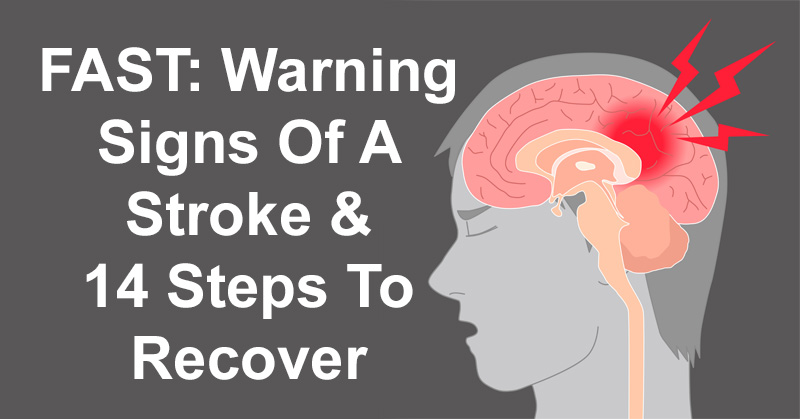In the United States, nearly 800,000 people suffer from a stroke each year, some proving deadly. (1) A stroke occurs when the oxygen supply is cut off or interrupted from the brain. Stroke symptoms include paralysis in the face, arm or leg, sudden weakness on one side of the body and the sudden inability to speak. Being able to recognize the warning signs of a stroke can help save your life in the case of an emergency. Conventional stroke treatment varies, but there are plenty of natural ways to help your body recover.
Types of Stroke
- Ischemic Stroke: Occurs when blood vessels in the brain or neck are blocked, cutting off the circulation of blood and oxygen to the brain. Leading causes include thrombosis, embolism and stenosis. (2)
- Hemorrhagic Stroke: Account for 10-15% of stroke cases, but 30-60% of stroke-related deaths. Occurs when a blood vessel ruptures, leaking blood into the brain, due to an aneurysm or arteriovenous malformation. (3)
Stroke Causes and Risk Factors
- High blood pressure
- Being overweight
- Diabetes
- Smoking
- Family history of strokes
- High cholesterol
- Alcohol abuse
- Drug use
- Sleep disorders
- Vitamin D deficiency
- Using artificial sweeteners

Stroke Symptoms
The word “FAST” can help you remember the warning signs of a stroke. (4) FAST stands for:
- Face: Smile into the mirror does one side of the face droop?
- Arms: Raise both arms above your head, does one drift or fall, or is one arm unable to raise?
- Speech: Repeat a simple phrase, is the speech slurred or strange?
- Time: If you recognize any of these warning signs of a stroke, dial 911 immediately.
Other stroke symptoms include:
- Headache that is unusual and severe
- Inability to speak
- Sudden weakness on one side of the body
- Paralysis in the face, arm or leg
- Sudden numbness or tingling in any part of the body, including the face
- Severe muscle stiffness that comes on rapidly
- Unsteady walk or poor balance resulting in staggering, weaving or veering
- Vision loss, blurred vision, double vision or trouble focusing
- Seizure
- Dizziness, nausea and vomiting
- Irregular breathing
- Confusion and memory loss
- Loss of consciousness

Stroke Treatment
1. Rehabilitation
Rehabilitation for stroke treatment may include physical therapists, occupational therapists, speech therapists, psychologists and more. Therapy can help stroke survivors improve physical function, cognitive thinking, communication and coping skills. (5)
2. Exercise
Studies have shown that exercising regularly can help reduce your risk for a stroke. After a stroke, physical activity can help improve balance and coordination while building strength. Follow the exercise plan given to you by your therapist.
3. Black or Green Tea
Research has shown that drinking at least three cups of black or green tea daily can reduce your risk of having a stroke. After a stroke, black and green tea can help boost heart health, lower stress levels, improve blood sugar levels and reduce your risk of additional strokes. (6)

4. Eye Exercises
While many stroke survivors experience vision loss, eye exercises may help improve vision. Exercises may include computer games designed to enhance vision or word search puzzles. (7)
5. Pilates
A study published in the Journal of Bodywork and Movement Therapies found that participants who did Pilates twice a week for nine months showed improved balance, posture and extremity strength. Find a certified Pilates instructor to help with balance and other stroke symptoms. (8)
6. Pomegranate
High LDL levels are a major risk factor for a stroke. Research has shown that pomegranate juice can help lower LDL levels while protecting against inflammation, improving memory and boosting heart health. Drink up to eight ounces each day as part of your stroke treatment. (9)

7. Sleep
Sleep disorders are considered a risk factor for strokes. To help get a better night’s rest, turn off all electronics at least 30 minutes before bedtime. Make sure your room is cool and dark, and sprinkle lavender oil on your pillow and sheets to help fight insomnia.
8. Blood Sugar Levels
Diabetes can significantly raise your risk of suffering from a stroke. To help keep your blood sugar levels within the normal range, eliminate refined sugars, grains and alcohol from your diet, and incorporate more high-fiber foods.
9. Meditation
Many stroke survivors may battle with mental fatigue, anxiety and depression. Research has shown that meditation can help improve sleep quality, memory, focus and mental performance, while increasing happiness and lowering anxiety. (10)

10. Yoga
Studies have shown that yoga can help improve physical, mental and emotional function for stroke survivors. When you engage in yoga, GABA is released in the brain, which helps reduce anxiety. Yoga can also help improve muscle control and emotion balance. (11)
11. Mediterranean Diet
A study published in the journal Atherosclerosis found that patients who didn’t follow a Mediterranean Diet were more likely to suffer from a stroke than those who did. A Mediterranean diet is full of fresh fruits and vegetables, beans and legumes, whole grains, and healthy fats including nuts, seeds and olive oil. (12)
12. Acupuncture
Acupuncture has been used for centuries in traditional Chinese medicine for a variety of ailments. Stroke survivors can benefit from acupuncture’s ability to boost circulation, relieve pain and reduce anxiety. (13)

13. Vitamin D
A Vitamin D deficiency is considered a risk factor for strokes. Spending time outdoors each day and/or supplementing with Vitamin D can help prevent strokes and improve cognitive functioning. (14)
14. Music Therapy
A recent study found that stroke survivors who participated in music and rhythm therapy experienced a 38% improvement on the stroke recovery scale, which includes improvements in grip, strength, cognition and balance. The study suggests that music therapy may be especially beneficial for stroke survivors because it helps to reduce stroke symptoms.


